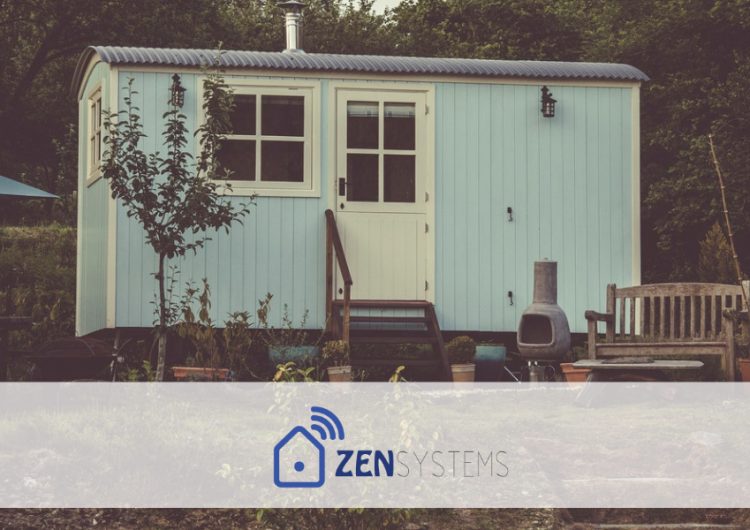For those who don’t know, modular homes are homes built in a factory setting. Mass produced components are built in the factory, shipped anywhere in the world, then assembled onsite. You may think that a modular home is the same thing as a trailer, but you’d be wrong. What separates a modular home from its cousin the trailer, is the trailer rests on steel beams while the modular home, rests on a foundation and stem wall.
Why the difference? Price. A factory mass produces both products, however a home built on steel beams can be built in such a way as to conform to vehicular standards. These building codes are much less aggressive than permanent structure codes and therefore factories can build a lighter and a structurally weaker home using less material.
A modular home is built using many of the same building techniques that are typically used in conventionally built homes. Since production levels are higher in a factory, many green building techniques can be employed at a faster and cheaper rate. This creates a better green product than many conventional homes built at the same price.
With this huge leap in sustainable building, modular homes have begun to take the lead in the green home field. Many homeowners are turning to modular homes for their use of sustainable materials and green building practices. Not only is the price right, but the larger selection of recycled materials, greener products and low carbon footprint make conventional builders feel out of the loop.
As a conventional builder, I have worked on many modular homes. In most cases it is for a repair. Many homeowners have been lulled by the fact that price and environmental impact are worth the risk of buying a pre-manufactured home. The truth is a modular home is a glorified trailer.
A modular home conforms to a national code versus a national and local code that all conventional built homes must conform to. This might not sound like a big deal, but let me give you a for instance. An area I frequently work in requires homes to withstand high winds generated from costal storms. This requires us to a cornicopia of metal straps and bracing with approved nails, bolts and screws to roofing, walls and foundation, tying a structure together to withstand wind loads of up to 120 mph. National codes are much less stringent since most of the nation doesn’t get hurricanes and tornadoes.
You can see how the difference in local codes could affect a structure in areas with heavy snow, flooding, earthquakes or other local issues. It also affects the bottom line of the modular home company. Conform to every local code and disrupt the assembly line, or continue to build sub par structures and make money off of the green building buzz?

